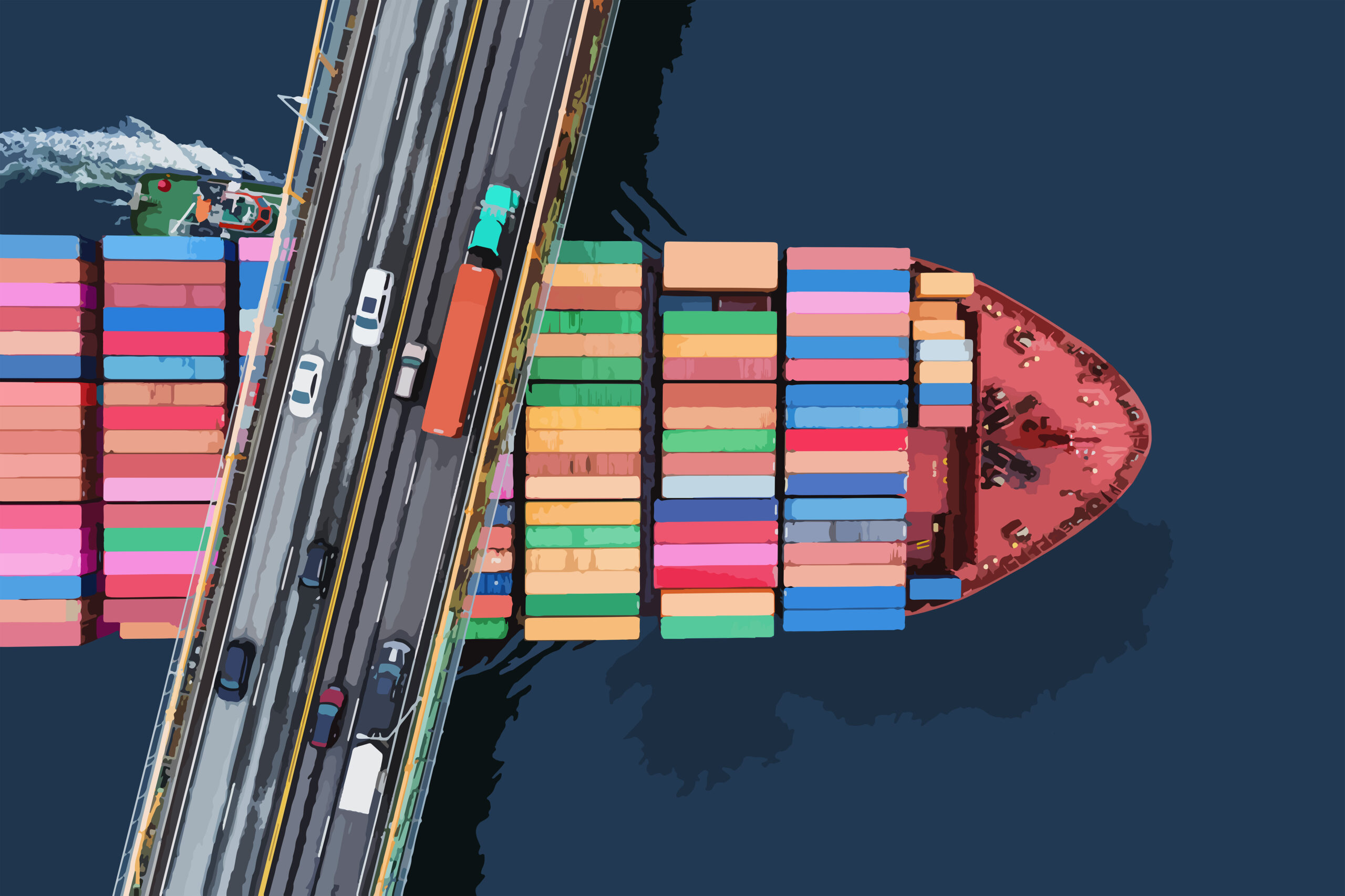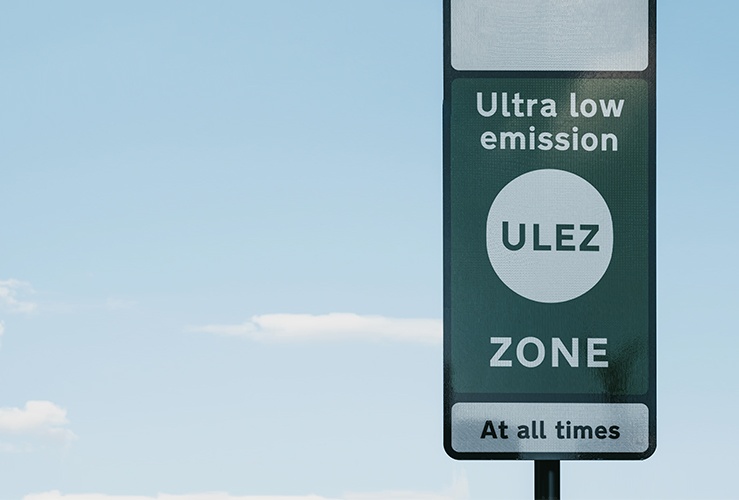 The challenge
The challenge
Transport-related emissions are the fastest-growing source of CO2 emissions and already account for a quarter of global emissions. Transport-related commitments are increasing; however, barriers on how to credibly and accurately account and report corporate climate impact remain.
These include:
- Inconsistency on how to quantify, allocate, and attribute Scope 3 rights to claim;
- Accounting and reporting challenges that hinder large capital investments in ‘shared value’ interventions at scale;
- Lack of clarity on market mechanisms and incentives


 The solution
The solution
Convening multiple stakeholders involved in transport and distribution, the Transport Programme, led by the Value Change Initiative (VCI), aims at identifying and removing barriers to address and account for Scope 3 GHG transport-related emissions at scale.
The objective is to co-create a best-practice guidance to overcome challenges in implementing, reporting and accounting GHG emissions reductions in line with internationally recognized standards and reporting frameworks, such as the GHG Protocol and the Science Based Target initiative.
Through co-creation, the Transport Guidance aims to:
- Explore a harmonized process to report GHG emission reductions in line with internationally recognized standards and reporting frameworks;
- Describe how organizations can be individually recognized when investing in shared value transport value chains, whilst unlocking the full value of investments.
The Transport Guidance minimizes barriers to reach more ambitious Scope 3 targets and ultimately accelerates the de-carbonization of the transport sector. Companies can leverage the Transport Guidance to:
- 1. VALIDATE climate impact quantification and reporting for transport-related interventions
- 2. INTEGRATE climate impacts achieved towards inventories and science-based targets of carriers, logistics service providers, and buyers.
- 3. GENERATE quantified and verified impact data, in line with key reporting frameworks and best practice.
- 4. ACCESS market-based accounting approaches that allow for the allocation and transfer of claims along the value chain in line with principles and criteria approved by the GHG Protocol and Science Based Target initiative.
 Approach
Approach
The VCI and Strategic Partners will lead this multi-stakeholder collaboration to co-create guidance on how to quantify and validate transport-related interventions that reduce GHG emissions with an aim to build Scope 3 inventories. The VCI Transport Guidance aims to become the leading guidance globally to credibly and accurately account for Scope 3 emissions from transport value chains.
PHASE 1 – CO-CREATION
Strategic Partners are brought together to co-create the Programme, define the scope of the Guidance, and develop the underlying methodological framework. A Steering Committee will drive development and ensure close alignment between objectives and technical developments. An appointed Author Group will be responsible for drafting the Guidance. Phase 1 concludes with a first draft of the Guidance after a public consultation period.
PHASE 2 – IMPLEMENTATION
Phase 2 begins with recruiting for additional implementation partners (incl. SFBA, SABA, CST) to join a working group to assess and test the draft guidance, providing both a feedback channel for possible clarification and adjustments, and allowing for further development of context-specific applications. Engagment with key civil society supporters (incl. WWF, CDP, WRI) throughout the process will ensure adequate buy-in, and where relevant, formal recognition.


